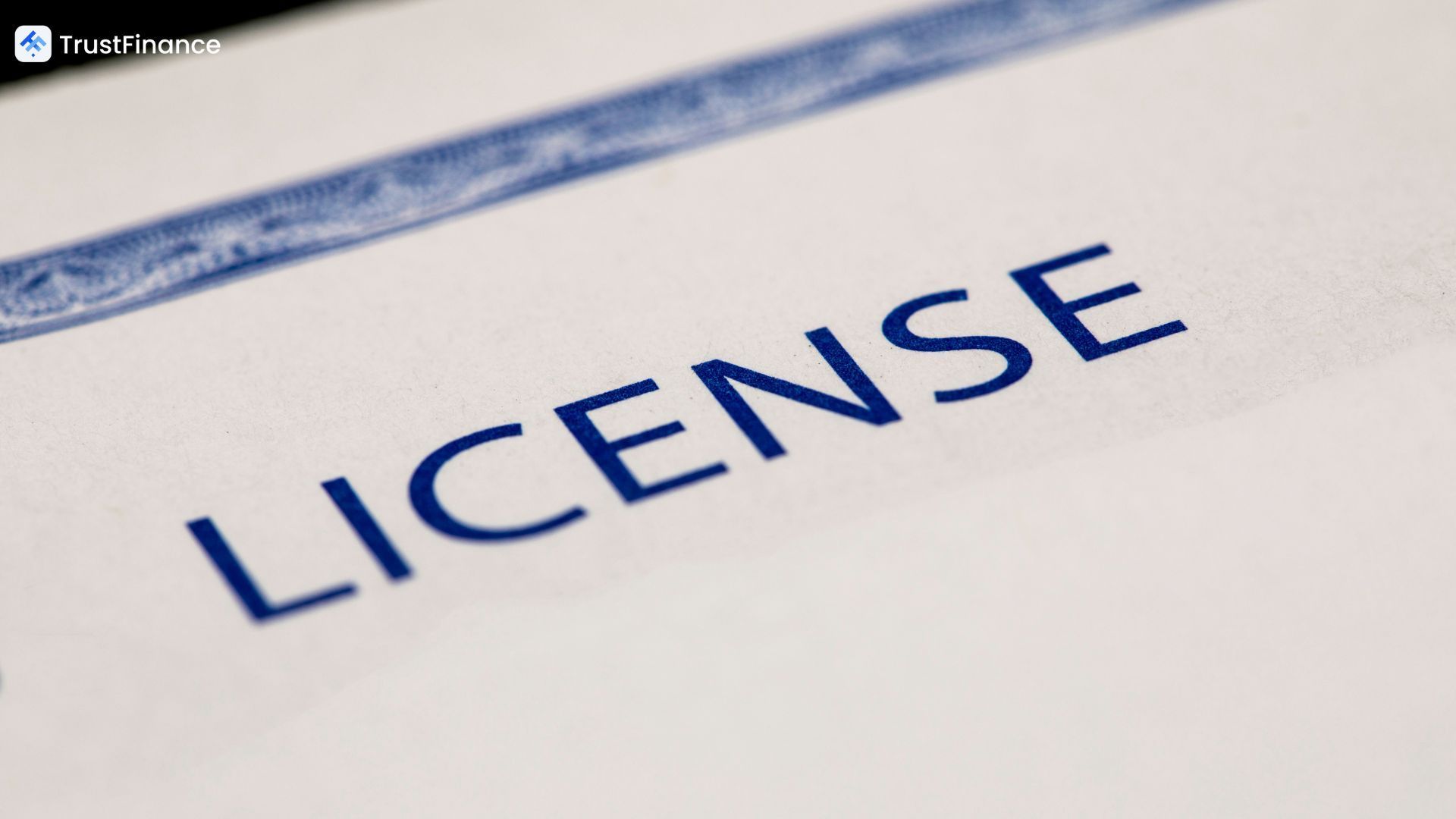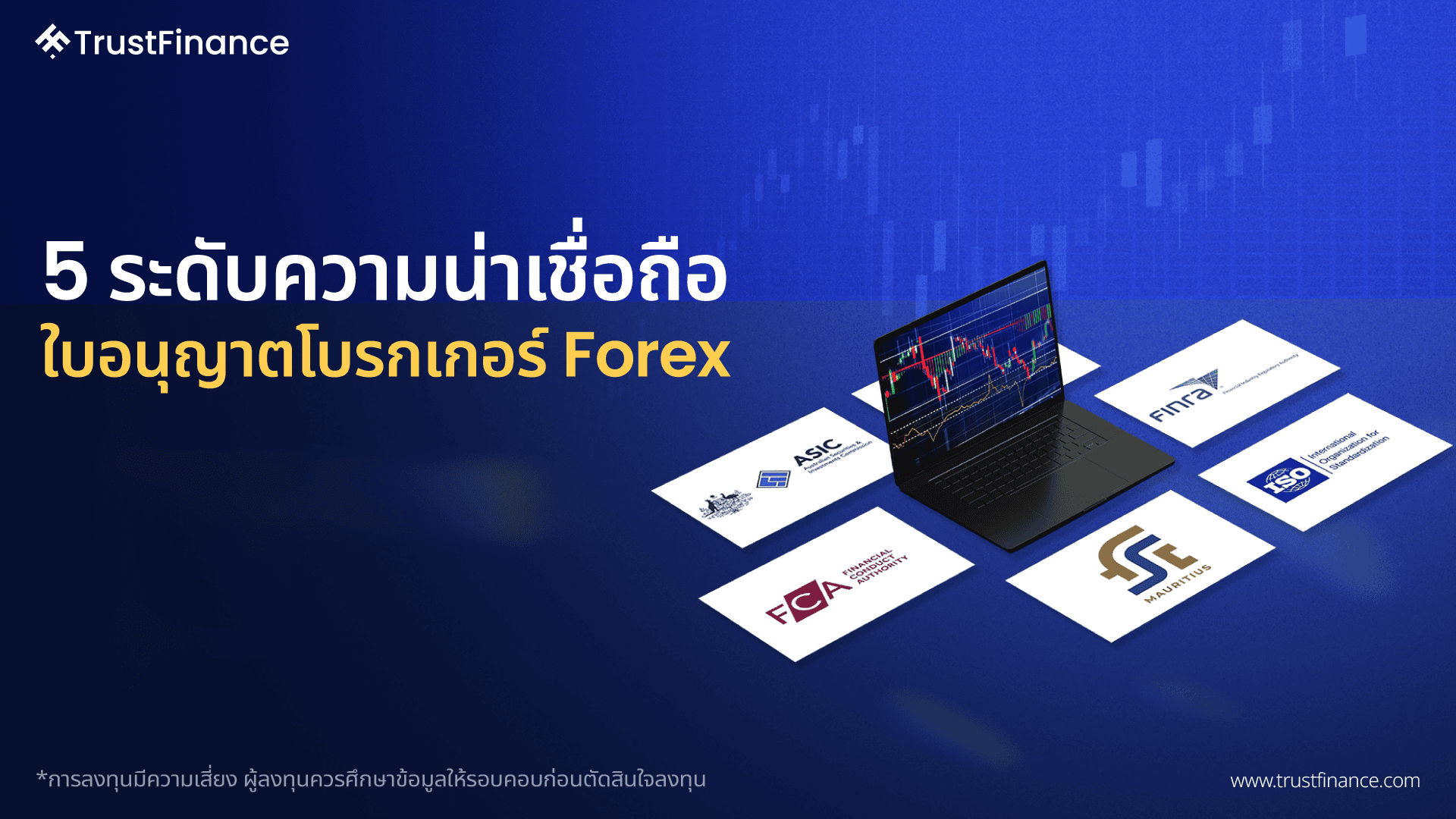Choosing the right Forex broker depends on many factors, and one of the most crucial is licensing from regulatory authorities. If you're looking for comprehensive guidance on choosing a broker, we've compiled everything in How to Choose a Forex Broker 2025: Complete Guide for Investors. But in this article, we'll dive deep specifically into license credibility levels to help you understand how each regulatory authority differs and how it affects the safety of your capital.
Why Are Licenses from Regulatory Authorities Important?
Licenses from regulatory authorities are extremely important because they serve as certification that a broker is trustworthy and operates transparently. These authorities are responsible for monitoring financial activities, legal compliance, and protecting client funds. To ensure the broker you choose is trustworthy and protected by international standards, we recommend verifying the broker's license before making any investment decision through the license verification feature at TrustFinance. In this article, we've compiled 5 credibility levels of Forex broker licenses—Tier 1, Tier 2, Tier 3, Tier 4, and Tier 5—for you to understand in detail.
Level 1 Regulatory Authorities (Highly Trusted)
This level represents the strictest and most highly trusted authorities globally. These entities impose rigorous regulations and oversight to ensure brokers operate fairly and transparently.
• Australian Securities & Investment Commission (ASIC)—Australia
• Canadian Investment Regulatory Organization (CIRO)—Canada
• Regulated in the European Union via the MiFID passporting system—Europe
• Securities Futures Commission (SFC)—Hong Kong
• Japanese Financial Services Authority (JFSA)—Japan
• Monetary Authority of Singapore (MAS)—Singapore
• Financial Markets Authority (FMA)—New Zealand
• Swiss Financial Market Supervisory Authority (FINMA)—Switzerland
• Financial Conduct Authority (FCA)—United Kingdom
• Commodity Futures Trading Commission (CFTC)—United States
European Union Regulatory Authorities
Under the Markets in Financial Instruments Directive (MiFID) passporting system, brokers licensed by any EU financial regulatory authority are recognized across the European Union (Level 1). Examples include:
• Finanzmarktaufsicht (FMA)—Austria
• Autorité des services et marchés financiers (FSMA)—Belgium
• Cyprus Securities & Exchange Commission (CySEC)—Cyprus
• Federal Financial Supervisory Authority (BaFIN)—Germany
• National Securities Market Commission (CNMV)—Spain
• Financial Supervisory Authority (FI)—Sweden
For a complete list of EU authorities, refer to the detailed listing above.
Level 2 Regulatory Authorities (Trusted)
Level 2 authorities provide solid protection for Forex investors and traders but may not enforce regulations as strictly as Level 1.
Examples include:
• Securities and Exchange Commission of Brazil – Brazil
• China Banking Regulatory Commission (CBRC)—China
• Securities and Exchange Board of India – India
• Securities and Exchange Commission (Thailand) – Thailand
• Financial Sector Conduct Authority (FSCA)—South Africa
• Dubai Financial Services Authority (DFSA)—United Arab Emirates
Level 3 Regulatory Authorities (Average Risk)
Licenses from Level 3 authorities indicate moderate trustworthiness. If a broker is licensed only by a Level 3 authority, it is recommended to look for additional licenses.
Examples include:
• Central Bank of Argentina (BCRA)—Argentina
• Bermuda Monetary Authority (BMA)—Bermuda
• Financial Superintendence of Colombia (FSC)—Colombia
• Central Bank of Russia (CBR)—Russia
Level 4 Regulatory Authorities (High Risk)
This level is only slightly above “Do Not Trust.” Level 4 authorities offer minimal protection to traders.
Examples include:
• Securities Commission of the Bahamas (SCB) – Bahamas
• Cayman Islands Monetary Authority (CIMA)—Cayman Islands
• Vanuatu Financial Services Commission (VFSC) – Vanuatu
Level 5 Regulatory Authorities (DO NOT TRUST)
If a broker advertises a license from Level 5 authorities, it should be treated with extreme caution, as it could be a scam.
Examples include:
• Anguilla Financial Services Commission (AFSC)—Anguilla
• Financial Service Unit (FSU) – Dominica
• Global Financial Services Authority (GLOFSA)—Marshall Islands
• Securities and Exchange Commission of Myanmar (SECM) – Myanmar

Conclusion
Choosing a Forex broker licensed by a reliable regulatory authority is a crucial step every investor should take. Tier-1 regulators enforce the strictest standards and provide the highest level of investor protection. Tier-2 and Tier-3 regulators also maintain good standards and are generally acceptable. However, if a broker only holds licenses from Tier-4 or Tier-5 regulators, investors should be cautious, as this could increase the risk of losing funds.
Understanding the importance and credibility levels of regulatory authorities helps investors gain confidence in their broker selection and invest more securely. To further protect yourself, it’s worth learning about the 10 Warning Signs Your Broker Might Not Be Trustworthy so you can quickly spot red flags and avoid risky situations.

